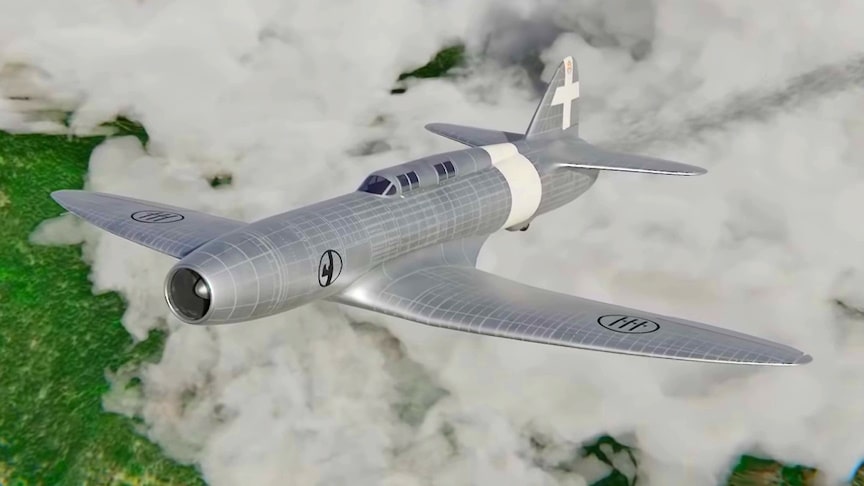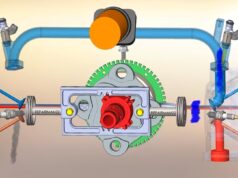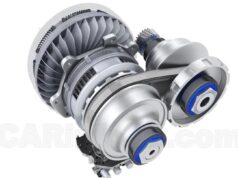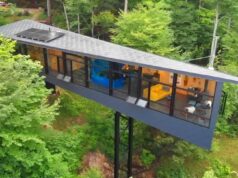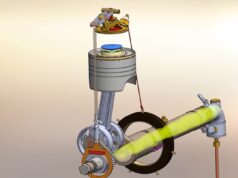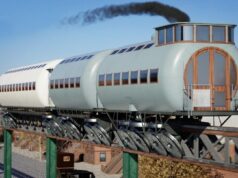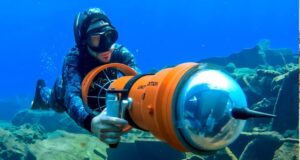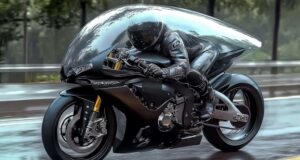The Caproni Campini N.1, also known as the C.C.2, is an experimental jet aircraft built in the 1930s by Italian aircraft manufacturer Caproni. The N.1 first flew in 1940 and was briefly regarded as the first successful jet-powered aircraft in history, before news emerged of the German Heinkel He 178’s first flight a year earlier.
source.image: Found And Explained
It was a monoplane built entirely out of duralumin, with an elliptical wing. The original design was to have the aircraft cockpit pressurised but this facility was never installed. The aircraft was fitted with dual controls allowing it to be flown from either of the two seats.
Both seats had individual rearward sliding canopies however, flight testing quickly revealed that, due to the excessive heat output of the propulsion system, the canopy had to be left permanently open as a mitigating measure. The engine of the N.1 differs substantially from the later-produced turbojet and turbofan engines.
Advertisement
One crucial difference in Campini’s design is that the compressor – a three-stage, variable-incidence one, located forward of the cockpit – was driven by a conventional piston engine, this being a 900 hp (670 kW), liquid-cooled Isotta Fraschini unit. The airflow provided by the compressor was used to cool the engine before being mixed with the engine’s exhaust gases, thus recovering most of the heat energy that in traditional piston-propeller designs would be wasted.

